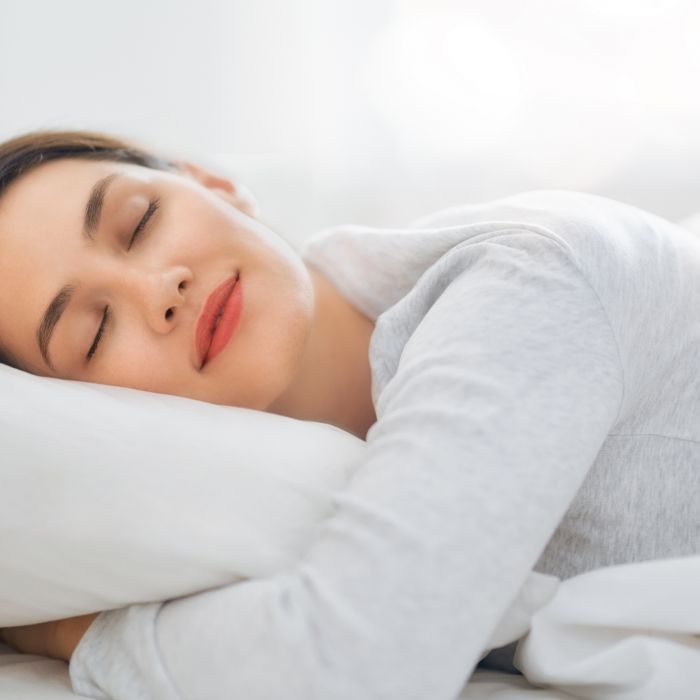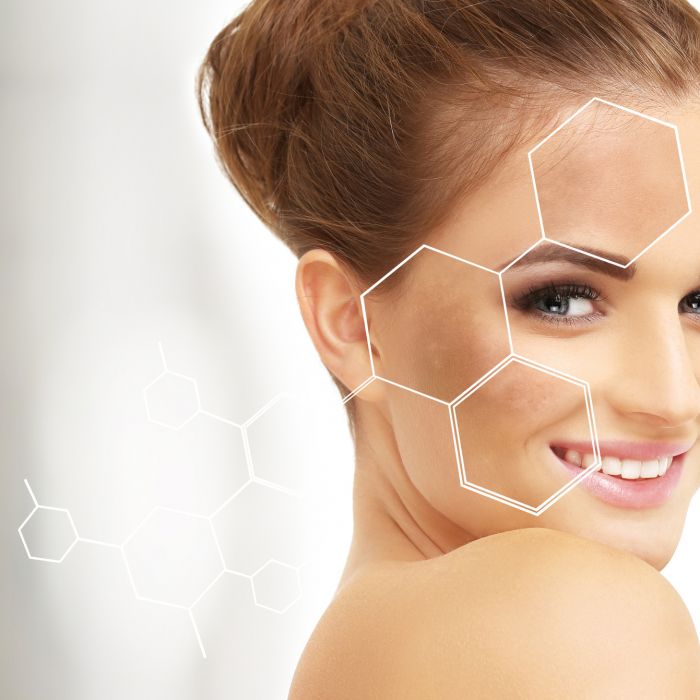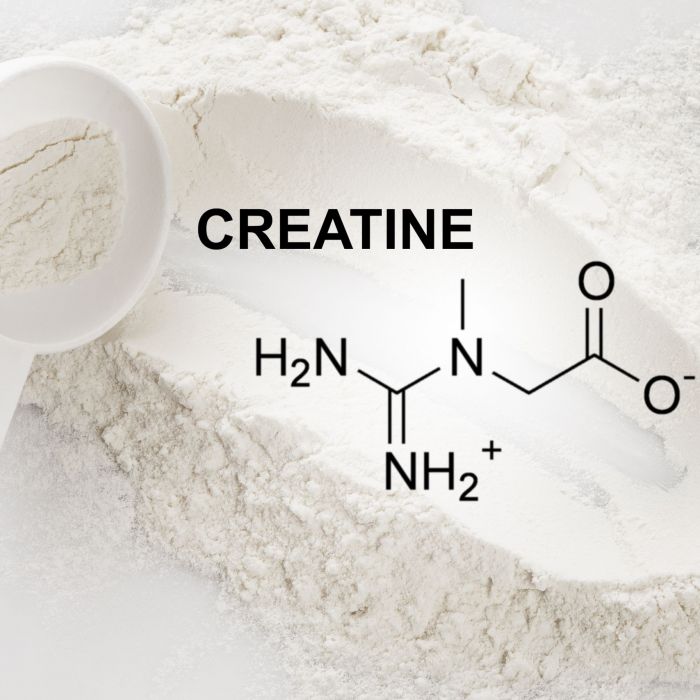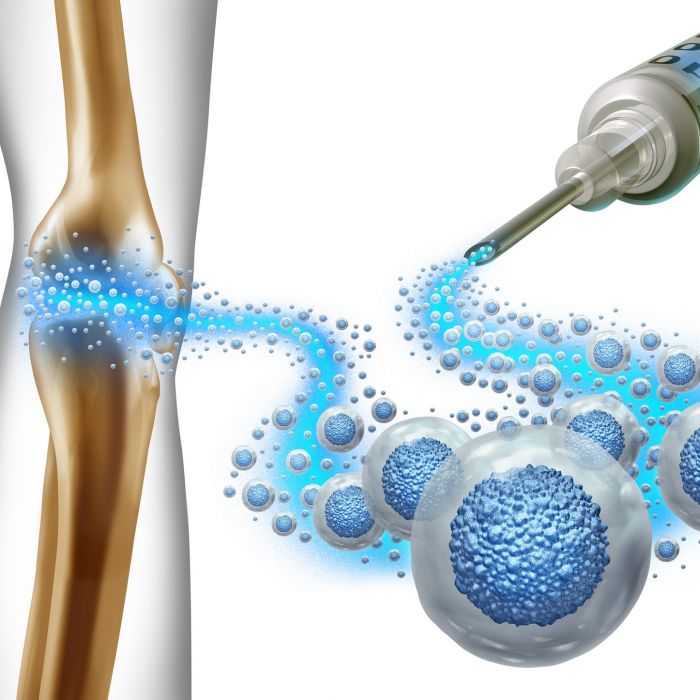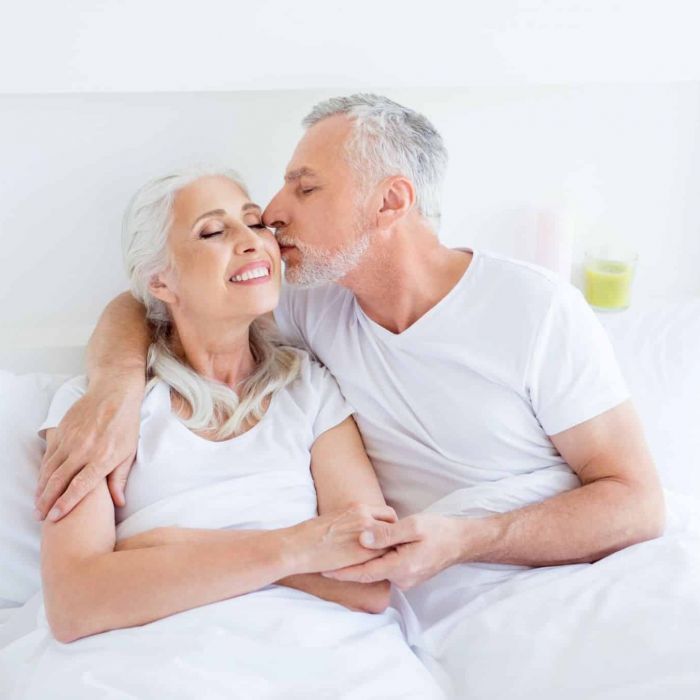As we journey through life, the clock on the wall isn’t the only measure of passing years. Our bodies, too, tell the story in the silver of graying hair, the creak of stiff joints, and the wisdom etched into our faces. But what drives these changes? Are they all simply inevitable march of time, or is there more to the aging narrative?
Enter the fascinating duo: primary and secondary aging. These terms, though seemingly innocuous, hold the key to understanding the nuances of how we age and, importantly, how much control we might have over the process.
Primary Aging: The Inner Clockwork
Imagine a ticking clock deep within your cells. This biological timer, driven by factors like DNA damage and telomere shortening, represents primary aging. It’s the intrinsic, genetically programmed decline that happens no matter what lifestyle choices we make. Over time, our cellular machinery loses its efficiency, tissues wear out, and functions gradually decline. Think of it as the natural “wind down” programmed into our biological code.
While we can’t stop this internal clock entirely, research suggests we can slow it down by promoting cellular repair mechanisms and mitigating DNA damage. This is where healthy habits like a balanced diet, regular exercise, and quality sleep come into play.
Secondary Aging: The External Influences
Now, imagine external factors like a raging storm threatening the clock’s delicate workings. This represents secondary aging, the acceleration of decline caused by environmental and lifestyle choices. Smoking, poor diet, chronic stress, and exposure to toxins all act as age accelerators, wreaking havoc on our cells and tissues.
Think of it this way: primary aging is like the natural weathering of a building over time, while secondary aging is like throwing rocks at the windows. Both contribute to the building’s decline, but we have more control over the latter.
Here’s the good news: by addressing these “rock throwers,” we can significantly impact the rate and severity of secondary aging. This translates to maintaining better health, function, and even appearance for longer.
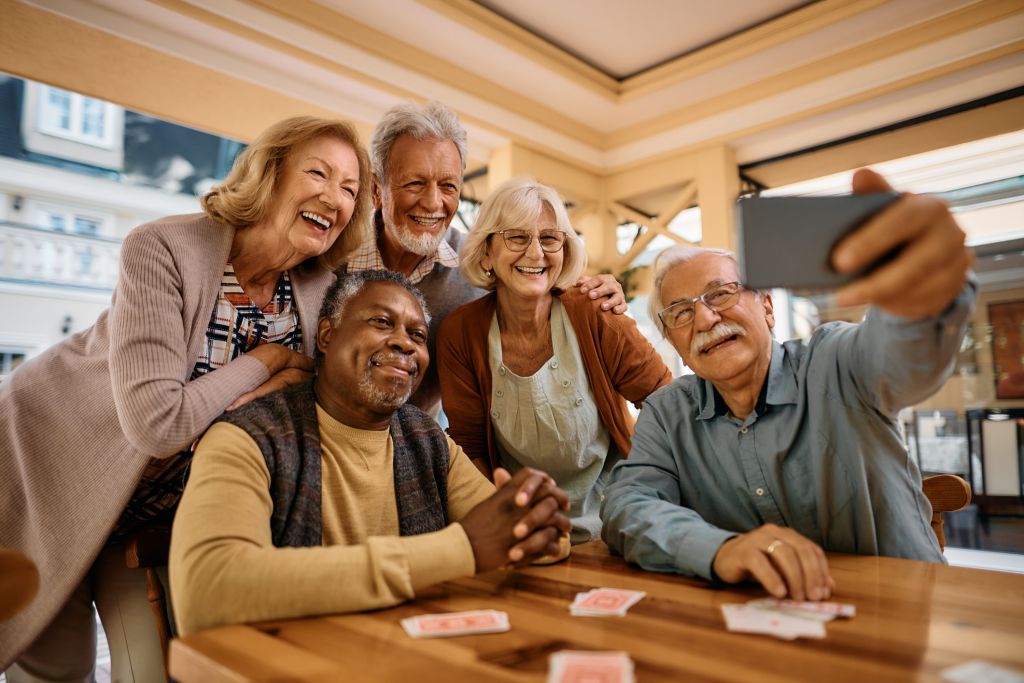
Examples of Secondary Aging Culprits
- Diet: Sugary foods and processed fats create chronic inflammation, which damages tissues and accelerates aging. Opting for a balanced diet rich in fruits, vegetables, and whole grains provides the nutrients our cells need to thrive.
- Exercise: Physical inactivity leads to muscle loss, weakened bones, and decreased cardiovascular health. Regular exercise, even in moderate amounts, can combat these effects and boost overall well-being.
- Stress: Chronic stress elevates cortisol levels, a hormone linked to inflammation and accelerated aging. Mindfulness practices, meditation, and other stress management techniques can help keep cortisol in check.
- Sleep: Inadequate sleep disrupts cellular repair processes and weakens the immune system. Aiming for 7-8 hours of quality sleep each night is crucial for optimal health and longevity.
Remember, it’s not about achieving immortality, but rather about maximizing our healthspan. By understanding the difference between primary and secondary aging, we can prioritize healthy habits and interventions that truly make a difference.
The distinction between primary and secondary aging isn’t always clear-cut. They often interact and contribute to each other. While we can’t stop primary aging entirely, the good news is that research in areas like telomere science and cellular repair mechanisms continues to offer promising possibilities for slowing it down. When it comes to secondary aging, the power is truly in our hands. By making informed choices about our lifestyle, we can significantly influence how we age and experience life.
As we embrace the journey of aging, let’s remember that it’s not just about the number of years lived, but the quality of those years. By understanding the two faces of aging and taking a proactive approach, we can age with greater vitality, resilience, and grace. Contact AgeRejuvenation today to schedule an appointment to discuss how we can help you make the most of your true biological age.




